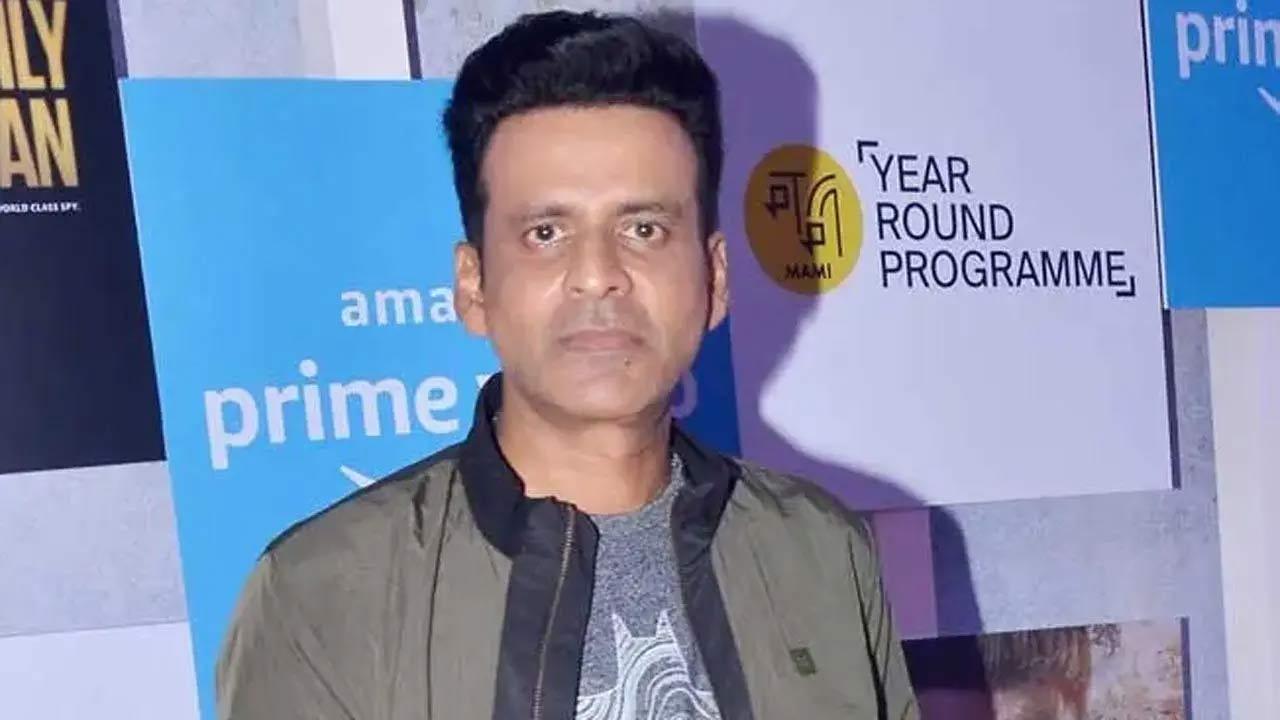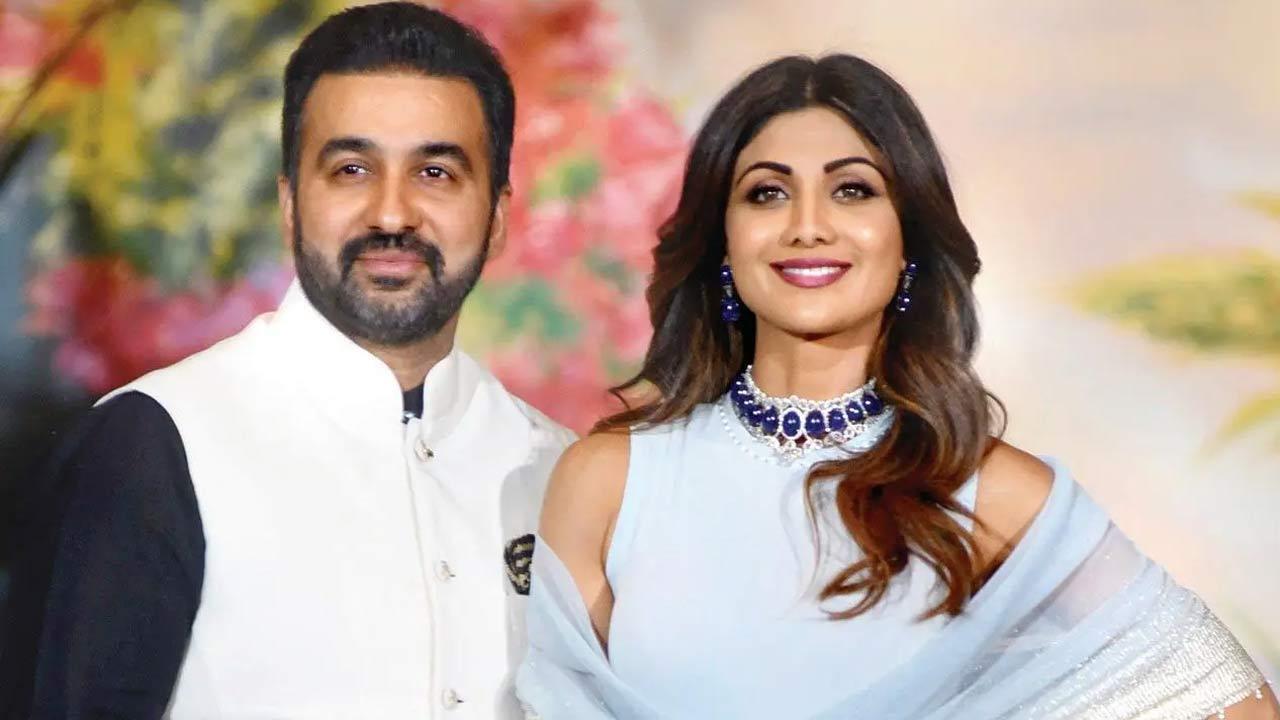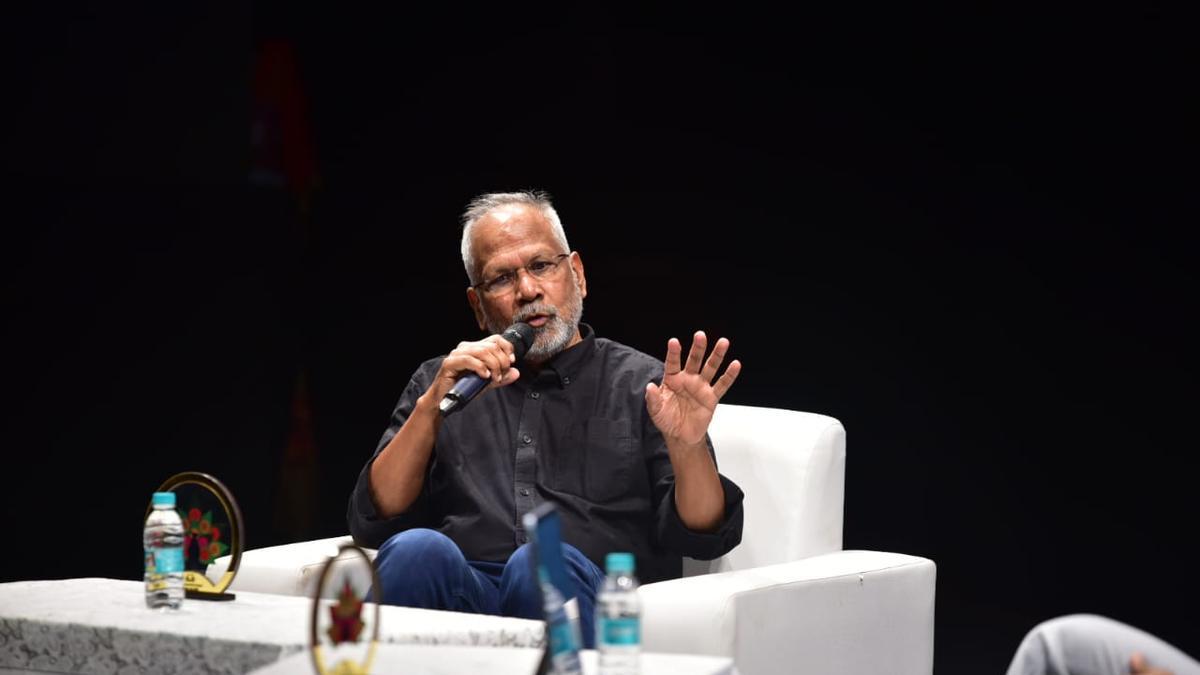
In an extraordinary explorative journey through sound, Bengaluru-based flautist twins, Heramb and Hemanth, mesmerized the audience by delving into the theme of avian life in Carnatic music. As part of MadRasana’s five-part ‘Prakriti’ series, this third segment embarked on a unique auditory experience titled ‘Birds in Carnatic Music’. The concert delivered an exquisite Sankarabharanam package that transcended typical presentation, enhancing aural aesthetics through the celebration of winged creatures.
At the heart of the performance was Syama Sastri’s ‘Sarojadala Netri’, a composition extolling the goddess Meenakshi. The kriti was notable for its double references to divine parrots — shukapaani and shukashyamala. While the wind instrument faithfully replicated these allusions, it was the adept artistry of Heramb that lent an added layer of charm, as he started from the anupallavi, emphasizing the thematic connection to the winged beings. The composition itself was succinct, spanning just three minutes, before seamlessly transitioning into a dynamic swaraprastara.
Adding to the richness of the performance was violin virtuoso Sayee Rakshit. His consistent and serene play intertwined harmoniously with the flautists, creating an ebb and flow of melodic beauty. This harmony was further evidenced when the twins switched between ragas with Heramb showcasing Hamsanandi, Hemanth opting for Hamsanadam, and Sayee aligning with Hamsadhwani. These choices underscored the thematic symbolism of ‘Hamsa’, the Sanskrit term for swan, enhancing the thematic connection.
An interesting deviation came with a grahabhedam exercise wherein the twins elaborated on the prakriti swaras (natural notes) of Sankarabharanam, particularly ‘sa’ (shadja) and ‘pa’ (panchama). These, according to tradition, are believed to be derived from the sounds of peacocks and cuckoos respectively. Heramb’s detailed exposition on how tonal shifts could lead into ragas like Kharaharapriya, Thodi, and Kalyani held the audience enrapt. His brother, on his part, rhythmically maintained the performance by tapping the two-kalai Adi on his lap, resulting in an organic rhythmic flow.
The concluding moments of Sankarabharanam featured a precise kanakku, bringing the sequence to a satisfying closure. The interplay continued with a seamless 12-minute tani avartanam performed by percussionists B.S.
. Prashanth on mridangam and Chandrasekhara Sharma on ghatam. Their synergy placed emphasis on resonance and cadence over intricate arithmetic complexities, creating an engaging rhythmic dialogue.
The concert’s initial moments set the stage with the renditions of ragas with bird themes. It commenced on an avian note with Mayuradhwani, a raga named after the peacock. The brothers performed Tyagaraja’s ‘Ragasudharasa’ with an intricate flutter of notes that effectively mimicked a peacock’s dance. This was followed by extensive swaras that painted a vivid aural mosaic. Notably, the compere’s omission to clarify Mayuradhwani’s popular modern name Andolika left some room for curiosity.
Anandabhairavi emerged as the subsequent raga, through the rendition of ‘Marivere Gati’. This piece alluded to the deity at Kanchipuram, whose precincts are known for the enchanting buzz of parakeets. The notable serenity and elegant irregularity of the Misra Chapu tala added depth and a leisurely pace to Syama Sastri’s composition. The duo’s handling of the raga with its characteristic oscillations was pivotal, bringing out the essence of the Kriti smoothly.
One of the most evocative moments of the evening pertained to Tyagaraja’s ‘Gnanamosaga rada’, which references the gait of Garuda, the giant eagle in Hindu mythology. The alapana here was meditative and unhurried, providing a reflective prelude to the steadily paced kriti that followed, encapsulating the thematic divinity associated with Vishnu’s carrier.
Ending on a high note, the brothers performed Annamacharya’s ‘Narayana te’ in Behag, a raga chosen with prudence to echo the themes of the previous segments in the Prakriti series. This composition offered an audio throwback to themes of mountains and flowers, symbolically connecting to hill-lifting Krishna and the lotus-bearing lord respectively.
Heramb and Hemanth’s 135-minute concert, set against a stage adorned with potted plants and leafy artworks, coherently tied together intricate narratives, profound musical knowledge, and experiential storytelling through the medium of Carnatic music. Their performance not only celebrated the essence of winged creatures but also demonstrated how such thematic explorations could elevate the universal appeal of classical music.










